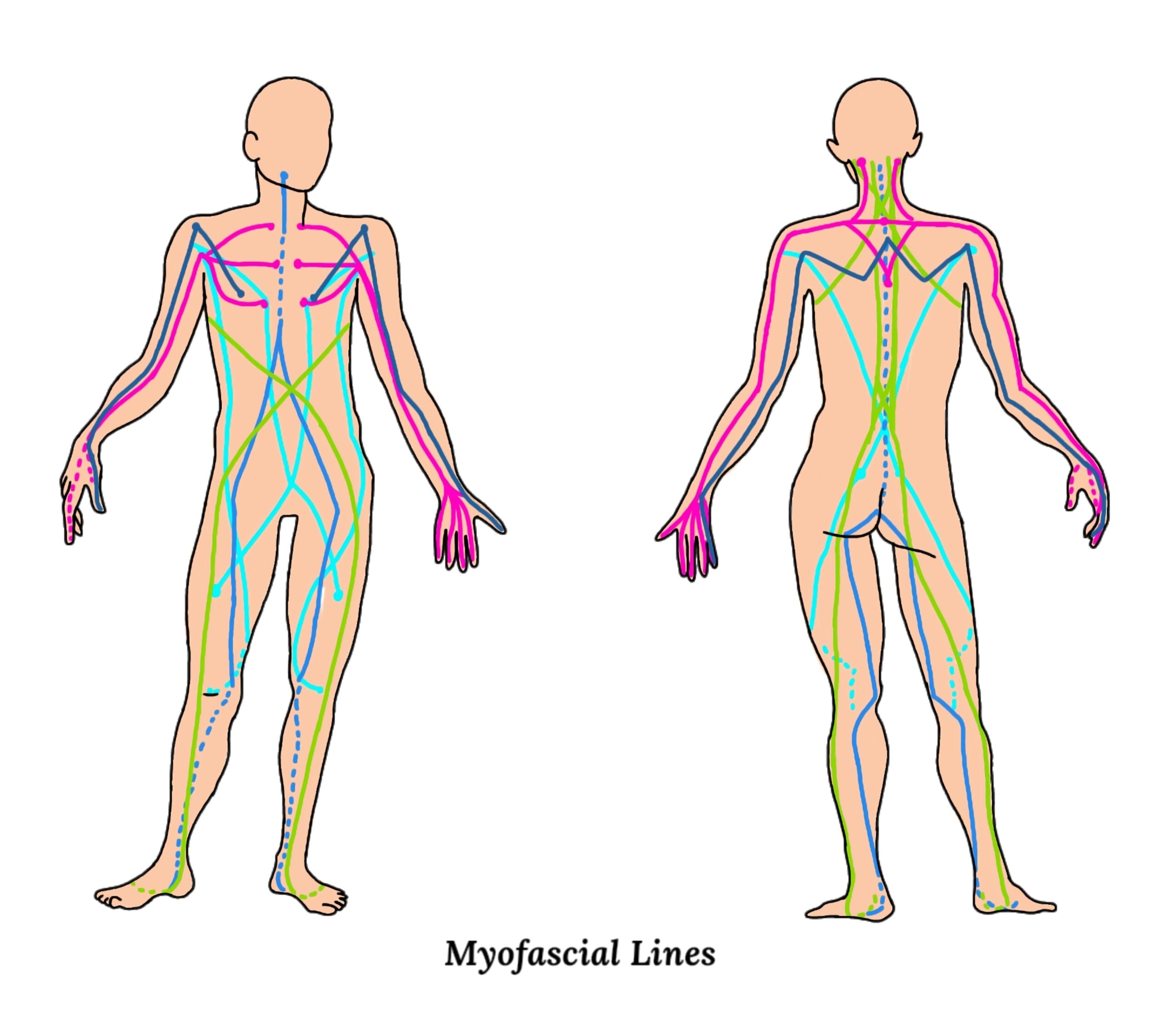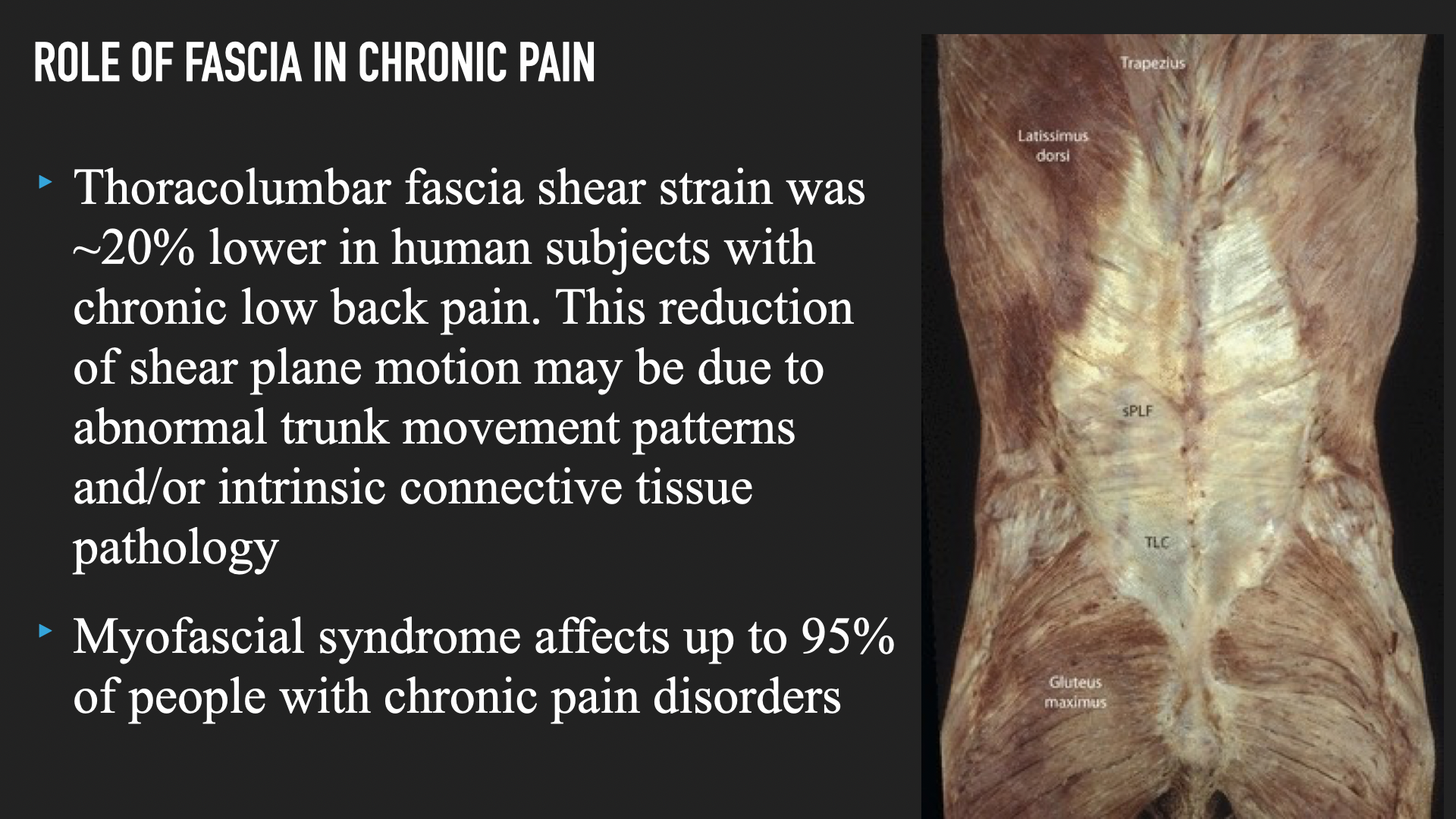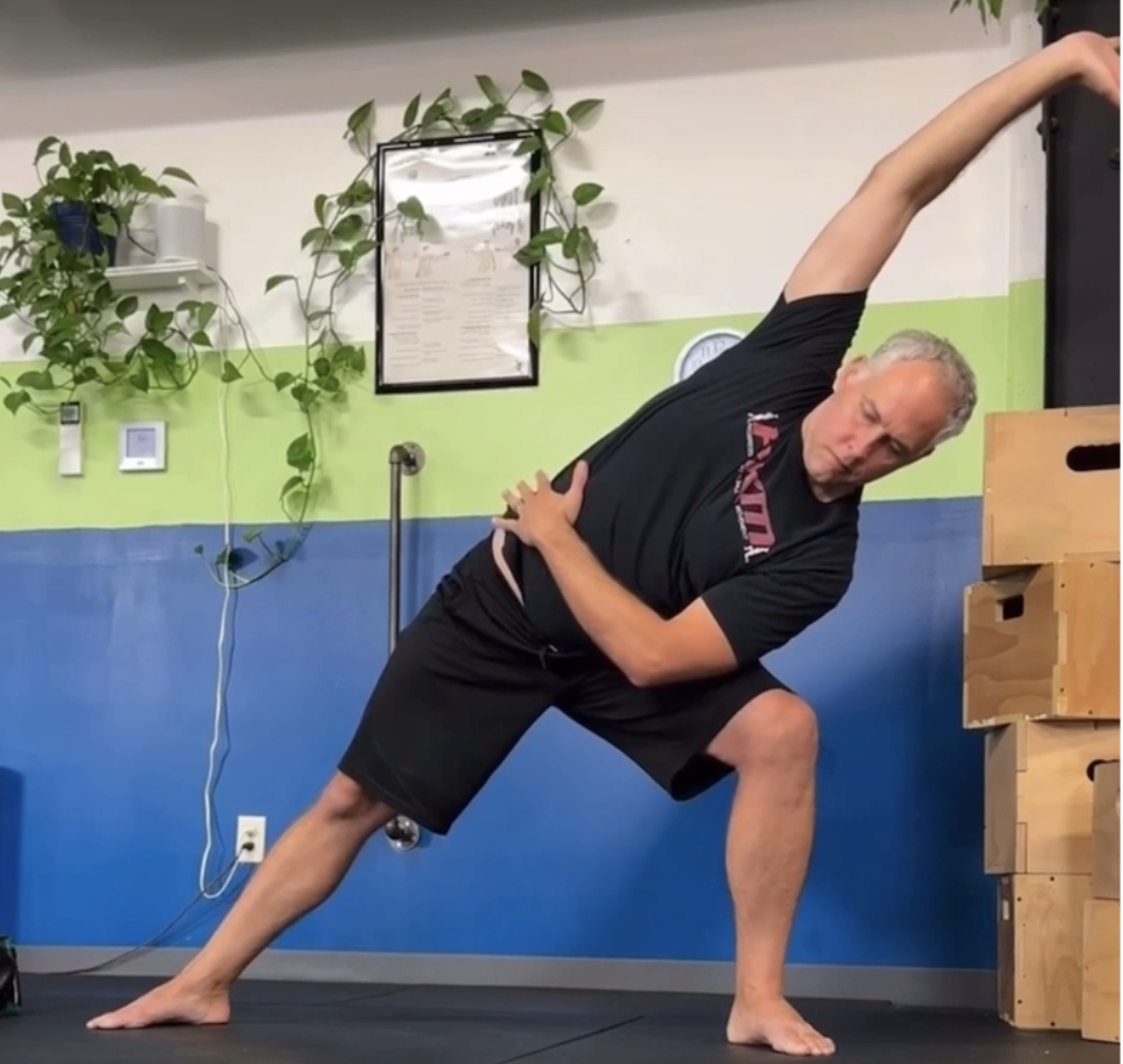Why Fascia Holds the Key to Mobility, Fitness, and Pain-Free Living
2025-09-8

When most people think about improving mobility, building strength, or getting rid of aches and pains, they tend to focus on muscles, joints, or maybe even posture. But there’s another system in the body one that’s often overlooked that can completely change how you move and feel: your fascia.
You’ve probably heard the term floating around in fitness or physical therapy circles, but what exactly is fascia? And why should you care about it if you want to move better, perform better, or simply feel better in your daily life?
Let’s dig in.

What Is Fascia, Really?
At its core, fascia (can be a variety of connective tissue) is incredibly strong web of connective tissue (typically more superficial fascia) that surrounds and interconnects everything in your body muscles (deep fascia), bones, nerves, organs, even blood vessels. Imagine a full-body wetsuit made of stretchy, fibrous material. That’s fascia. It’s not just wrapping around individual parts; it links them all together into one integrated system.
For a long time, fascia was dismissed as “packing material.” Surgeons used to cut through it to get to the “real” stuff muscles, ligaments, tendons. But modern science shows fascia isn’t just filler. It plays a huge role in movement, stability, coordination, and even how you experience pain.
Fascia and Mobility: More Than Stretching Muscles
When you feel stiff, your first instinct is probably to stretch your muscles. But often, it’s your fascia that’s limiting your range of motion.
Fascia can become tight, dehydrated, or even “stuck” from repetitive movements, poor posture, or lack of movement variety. Think of a sweater that’s twisted and pulling in one direction the fabric gets wrinkled, tugging on areas far from the original pull. Similarly, restricted fascia in your hips can show up as back tightness or even shoulder discomfort.
View this post on Instagram
When you train or stretch with fascia in mind using dynamic, multi-directional movements instead of just static stretches you help this tissue stay elastic, hydrated, and adaptable. The result? Greater mobility, smoother movement, and less of that “tight all the time” feeling.
View this post on Instagram
Fascia and Fitness: Power Through Connection
Fascia doesn’t just affect flexibility it’s central to strength and performance too.
Because fascia links muscles together, it creates what are known as “myofascial chains” or “slings.” These chains distribute force across the body so you can move efficiently. For example, when you throw a ball, you’re not just using your arm. Your back, hips, and even the opposite leg are all connected through fascial lines to generate power.

Training with fascia in mind means focusing less on isolated muscles and more on integrated, functional patterns: twisting, reaching, pushing, pulling, and stabilizing across multiple planes of motion. This approach builds strength that actually carries over into real-life activities and sports. It also helps prevent overuse injuries that come from training one muscle group in isolation without considering the bigger picture.
View this post on Instagram
Fascia and Pain: The Hidden Culprit
Here’s where fascia gets really interesting: it’s loaded with nerve endings and pain receptors (even more than skin itself!). In fact, many researchers now believe fascia, not muscles, is often the real source of chronic aches and pains.
If fascia is stiff, sticky, or restricted, it can pull on surrounding structures and create tension that your brain perceives as pain. That lingering shoulder ache or nagging low back pain may not be a “bad joint” or a “weak muscle” it could be your fascia sending distress signals.

The good news? Fascia responds beautifully to movement, hydration, and gentle pressure. This not only works on the fascia but ALSO has a very positive impact on the nervous system as well. Lowering the tone of the nervous system reduces pain, improves mobility, and allows less tension of these tissues.
View this post on Instagram
Bringing It All Together
Understanding fascia changes the way we think about movement and health. Instead of seeing the body as separate parts tight hamstrings here, sore shoulder there we start to appreciate the body as one continuous, interconnected system.
When fascia is healthy, movement feels effortless, strength is more powerful, and pain often fades into the background. When fascia is neglected, everything feels harder, stiffer, and more uncomfortable.
So the next time you think about improving your mobility, chasing a new fitness goal, or addressing that nagging ache, remember: it’s not just about muscles or joints. It’s about the fascia that ties it all together.
Move with variety, stay hydrated, give your fascia some love and your body will thank you with smoother movement, stronger performance, and a lot less pain.
Discover MUCH more in our upcoming 2-week online Coach’s Corner course on Fascia, you can save 20% for this week only with code “coach20” HERE. You can also check out our Fascia Masterclass HERE.

© 2025 Ultimate Sandbag Training. Site by Jennifer Web Design.






